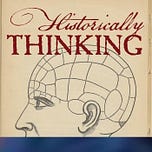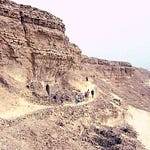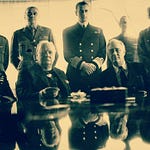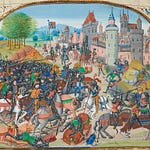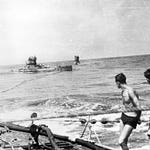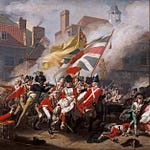Originally published on March 13, 2019 (Episode 102)
The phrase “object lesson” has become a metaphor, but in the 19th century it was a classroom practice. Teachers trained students to examine objects carefully, drawing lessons about the natural world, morality, and society.
Sarah Anne Carter joins me to trace these practices from the minds of European educational reformers into American classrooms, museums, and advertisements. Our conversation ranges from pedagogy to politics, exploring how objects themselves became teachers, and how they continue to shape our imagination today.
About the Guest
Sarah Anne Carter was at the time of recording Director of Research and Chief Curator at the Chipstone Foundation in Milwaukee. She is a leading scholar of material culture, education, and museum studies.
For Further Investigation
Sarah Anne Carter, Object Lessons: How Nineteenth-Century Americans Learned to Make Sense of the Material World (OUP, 2018)
Chipstone Foundation, “20 Questions to Ask an Object”—filmed at a meeting of the Material Culture Caucus. This is really brilliant! List is scrolled at the end; take notes.
The Material Culture Caucus of the American Studies Association
Chipstone Foundation—”Object Lesson: Chair”
Tangible Things at Harvardx—”Gain an understanding of history, museum studies, and curation by looking at, organizing, and interpreting art, artifacts, scientific curiosities, and the stuff of everyday life.”
Listen & Discuss
What can objects teach that texts cannot?
How did 19th-century pedagogy turn things into teachers?
What might “object lessons” look like in today’s classrooms or museums?
If you’ve ever lingered in a museum and wondered what an object could tell you, share this episode.

